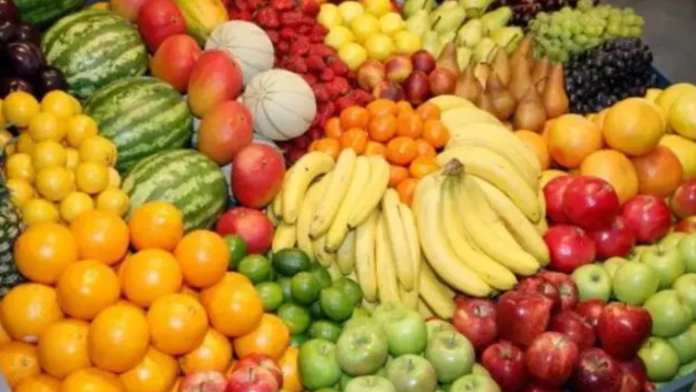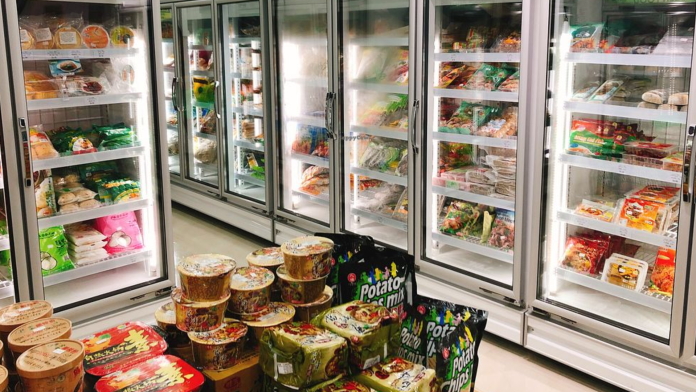Two Brothers Organic Farms (TBOF), a leading producer of natural and organic farming products, announces the successful completion of its pre-Series A funding round of INR 14.5 crores. The pre-series A will set the base for Series A and the funding will be used to expand TBOF’s manufacturing capacity, construct farmer training centers and expand its domestic and international business.
Additionally, the investment will help empower farmers, create more employment opportunities for women in villages and enhance rural livelihoods.
Satyajit Hange and Ajinkya Hange, brothers from Bhodani, Pune, established TBOF in 2013 (registered in 2019) to tackle challenges related to agriculture, soil fertility, chemical-free food and sustainable lifestyle. They have launched several initiatives to create awareness among farmers about the advantages of organic farming. In the past few years, they have trained more than 16,000 farmers in sustainable farming.
Leading Bollywood actor, Akshay Kumar, who is dedicated to health and wellness, invested in TBOF due to the company’s strong emphasis on producing healthy organic food and developing the rural sector.
“I am thrilled to be a part of TBOF’s journey towards a better and healthier future for all. I believe in TBOF’s vision and commitment to empowering rural communities through organic farming,” said Akshay Kumar.
Virender Sehwag, India’s cricketing legend, post visiting TBOF’s farms was inspired by TBOF’s strong commitment towards creating a positive impact on the farming community, health of the society and hence decided to invest. The farm, certified organic by Ecocert, breeds indigenous cows and grows fruits, vegetables, processed foods, and dairy products.
“I am excited to support TBOF’s mission of sustainable agriculture and rural development. It is heartening to see the positive impact they have brought in the lives of farmers and people’s health across India and beyond”, said Virender Sehwag.
Whilst both the celebrities invested as they strongly resonated with the brand TBOF, other investors in the pre-Series A round included Tejesh Chitlangi – a leading corporate lawyer and Senior Partner at IC Universal Legal, Durga Devi Wagh – an existing stakeholder and client, Crest Ventures – an ardent supporter and existing investor, Javed Tapia – a serial social entrepreneur, and Raju Chekuri – a global business leader, entrepreneur and humanitarian.
TBOF sells a wide range of organic and natural ingredients-based products, including a variety of cultured A2 Ghee, an extensive range of millets and healthy grain flours, wood pressed oils and nut butters. It practices inter- and multi-cropping of fruits, vegetables, grains, legumes and pulses. TBOF has significantly grown over the past couple of years, has connected with thousands of families and has consumers in more than 53 countries and over 1,000 cities across India through its official e-commerce website, mobile app, leading e-commerce platforms and prominent food superstores.
“The success of this funding round is a testament to the hard work and dedication of our team at Two Brothers Organic Farms,” said Satyajit Hange, Co-founder of TBOF.
“With the support of our investors, we will continue to revolutionize the organic farming industry in India and positively impact rural communities”, he added.









